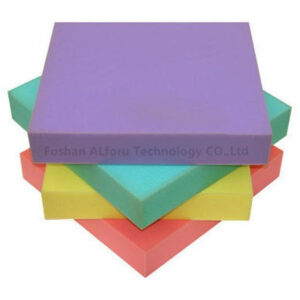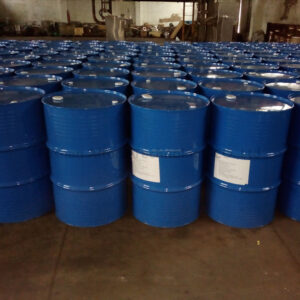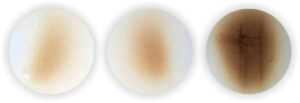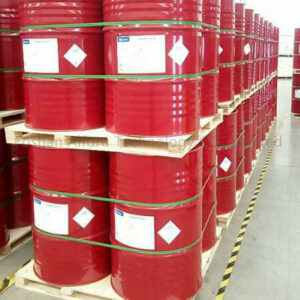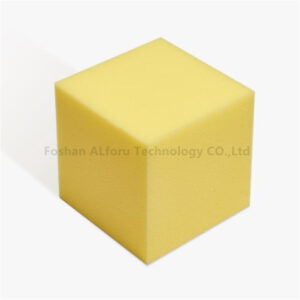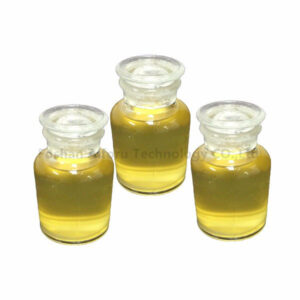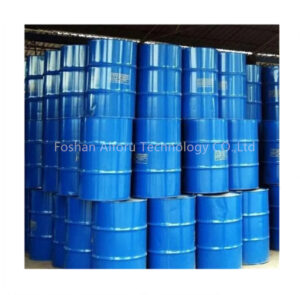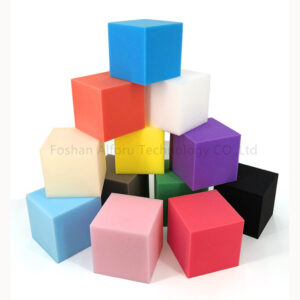
Introduction to the Basic Concepts of Polyurethane: The Impact of Crosslinking Degree on Key Properties
This article explores how crosslinking density influences the properties of polyurethane foams, examining key factors like raw material functionality and molecular structure, and providing insights into optimizing foam performance for applications ranging from flexible to rigid materials.

